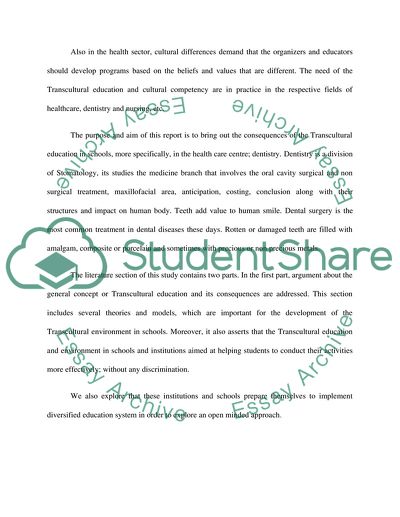Cite this document
(Transcultural Education in Dental Schools Assignment, n.d.)
Transcultural Education in Dental Schools Assignment. Retrieved from https://studentshare.org/education/1739369-transcultural-education-in-dental-schools
Transcultural Education in Dental Schools Assignment. Retrieved from https://studentshare.org/education/1739369-transcultural-education-in-dental-schools
(Transcultural Education in Dental Schools Assignment)
Transcultural Education in Dental Schools Assignment. https://studentshare.org/education/1739369-transcultural-education-in-dental-schools.
Transcultural Education in Dental Schools Assignment. https://studentshare.org/education/1739369-transcultural-education-in-dental-schools.
“Transcultural Education in Dental Schools Assignment”, n.d. https://studentshare.org/education/1739369-transcultural-education-in-dental-schools.


